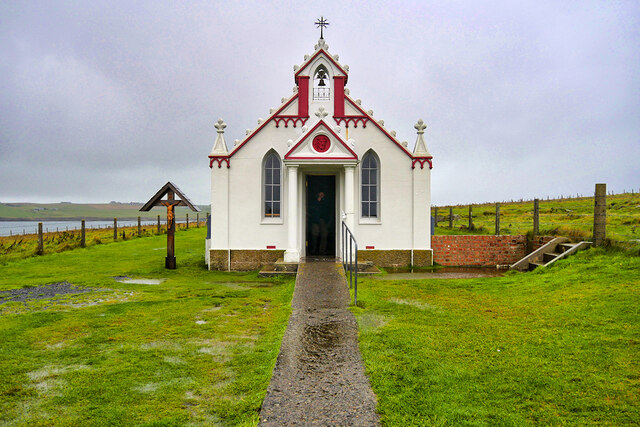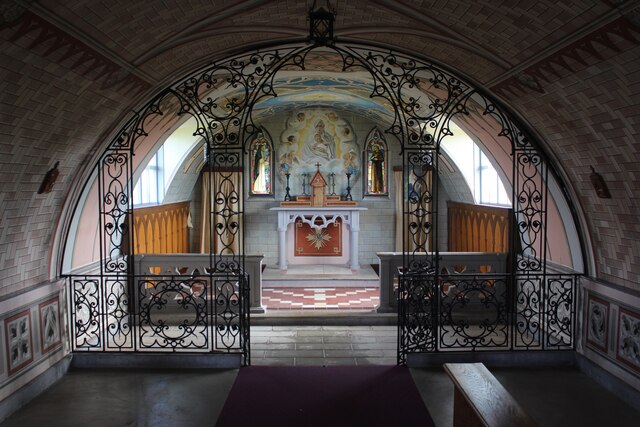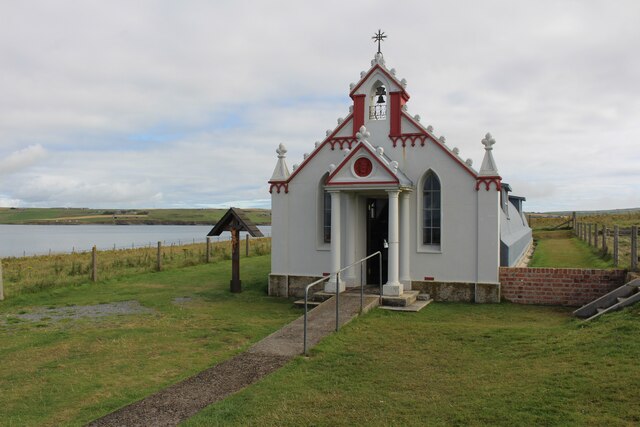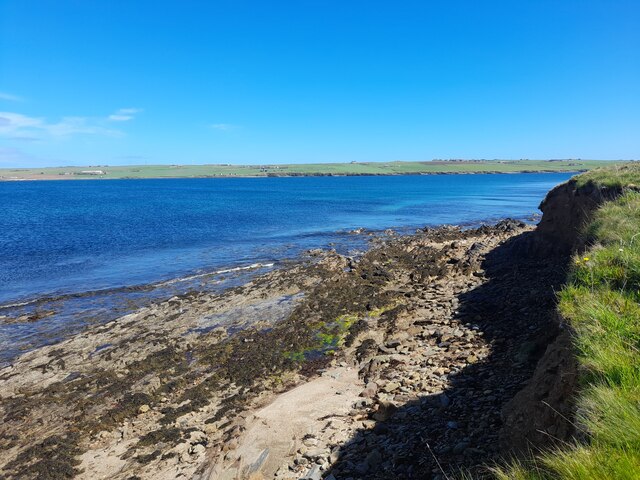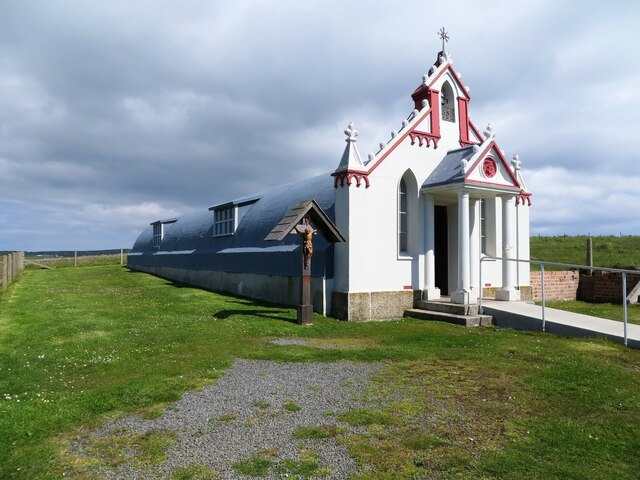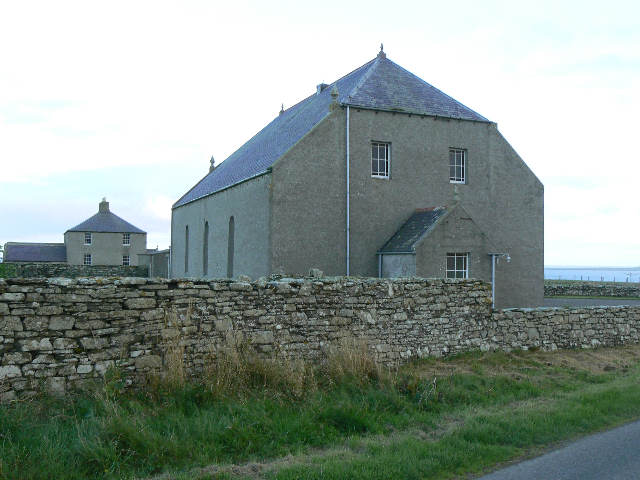Old Noust of Vigga
Coastal Feature, Headland, Point in Orkney
Scotland
Old Noust of Vigga
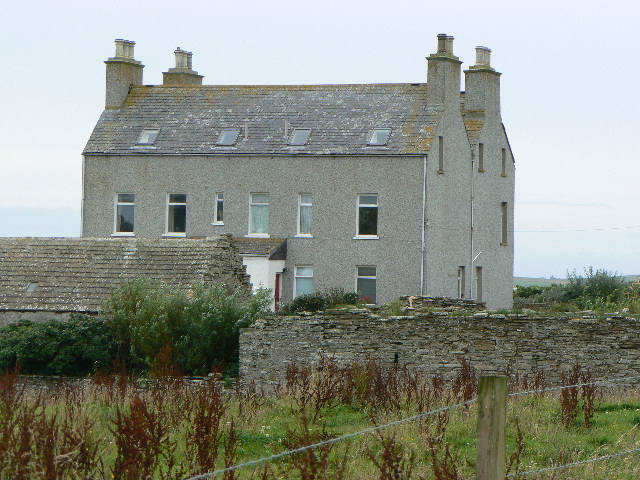
Old Noust of Vigga is a prominent coastal feature located on the northern coast of Orkney, Scotland. It is a headland that extends out into the North Sea, forming a distinct and easily recognizable point. The headland is situated near the village of Evie and is known for its rugged and picturesque landscape.
The Old Noust of Vigga is composed of ancient sandstone cliffs that rise dramatically from the sea, reaching heights of up to 50 meters. These cliffs have been shaped over centuries by the relentless pounding of the waves, resulting in the creation of numerous sea caves and natural arches along the coastline.
The headland offers breathtaking views of the surrounding area, including the nearby island of Rousay and the open expanse of the North Sea. It is a popular spot for hikers and nature enthusiasts who are drawn to its unspoiled beauty and rich wildlife.
The area surrounding Old Noust of Vigga is also of great historical significance. Archaeological remains have been discovered in the vicinity, suggesting that the headland was once inhabited by ancient communities. These remnants include a Neolithic chambered cairn and several Iron Age brochs, giving insight into the long history of human occupation in the area.
Overall, Old Noust of Vigga is a captivating coastal feature that combines stunning natural beauty with a rich cultural heritage. It offers visitors a chance to explore the rugged Orkney coastline and immerse themselves in the history and tranquility of this remarkable headland.
If you have any feedback on the listing, please let us know in the comments section below.
Old Noust of Vigga Images
Images are sourced within 2km of 58.892266/-2.8618544 or Grid Reference HY5000. Thanks to Geograph Open Source API. All images are credited.
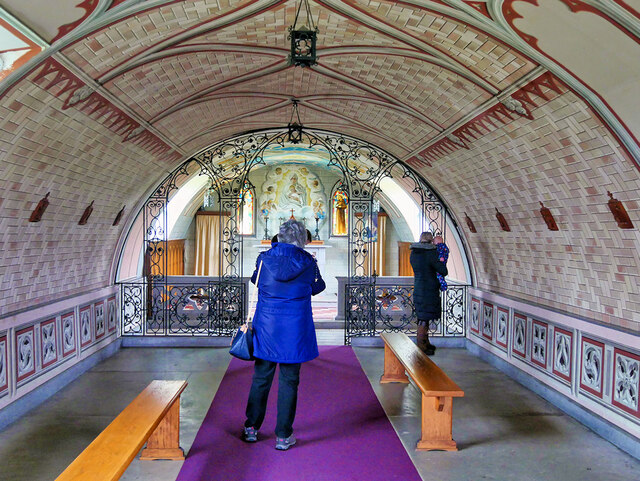
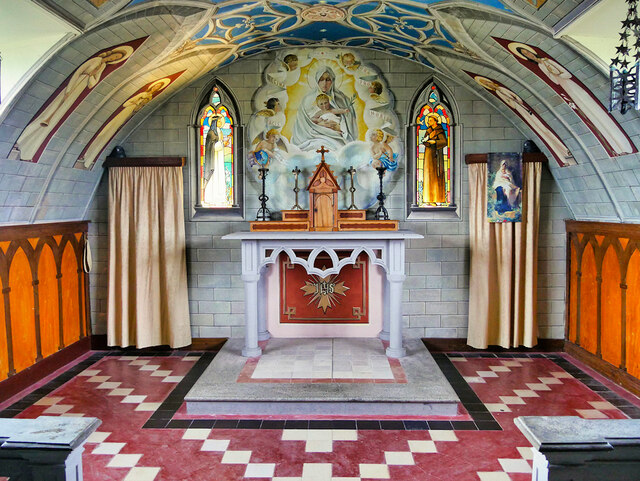



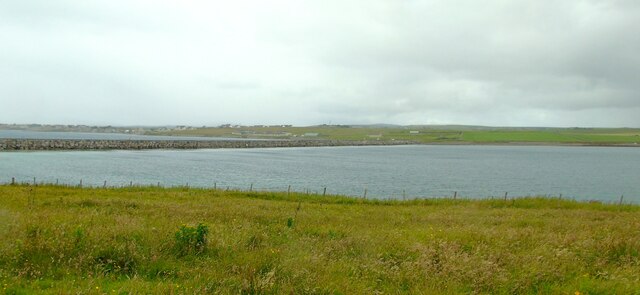
Old Noust of Vigga is located at Grid Ref: HY5000 (Lat: 58.892266, Lng: -2.8618544)
Unitary Authority: Orkney Islands
Police Authority: Highlands and Islands
What 3 Words
///snowy.kindest.spiking. Near Holm, Orkney Islands
Nearby Locations
Related Wikis
Lamb Holm
Lamb Holm is a small uninhabited island in Orkney, Scotland. The Italian Chapel, constructed during the Second World War, is the island's main attraction...
Italian Chapel
The Italian Chapel is a highly ornate Catholic chapel on Lamb Holm in the Orkney Islands. It was built during World War II by Italian prisoners of war...
Orkney F.C.
Orkney Football Club is a senior association football club from the Orkney Islands, Scotland. The club was founded in 2012 and competes in the North Caledonian...
A961 road
The A961 is a single-carriageway road on the eastern side of Scapa Flow in the Orkney Islands, connecting the town of Kirkwall on the Orkney Mainland to...
Holm, Orkney
Holm (pronounced /hæm/ ), also spelled Ham, is a parish on Mainland, Orkney.An adjacent Sound, running between Mainland, and Burray, is named after Holm...
St Mary's, Orkney
St Mary's (also known as St. Mary's Holm) is a small village in the parish of Holm on Mainland, Orkney, Scotland. It was originally a fishing port.Orkney...
Broch of Ayre
Broch of Ayre, also known as St. Mary's Broch, is an Iron Age broch in Orkney, Scotland. == Location == Broch of Ayre is found on the northern shore of...
Glimps Holm
Glimps Holm or Glims Holm (Old Norse: Glums Holm) is a small uninhabited islet in Orkney, Scotland. == Geography == Glimps Holm lies in Holm Sound, one...
Nearby Amenities
Located within 500m of 58.892266,-2.8618544Have you been to Old Noust of Vigga?
Leave your review of Old Noust of Vigga below (or comments, questions and feedback).
